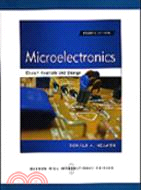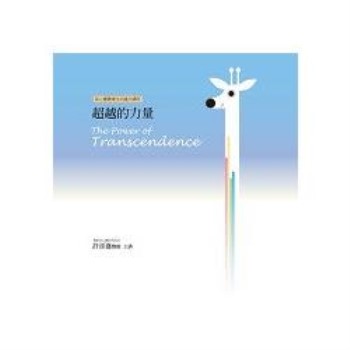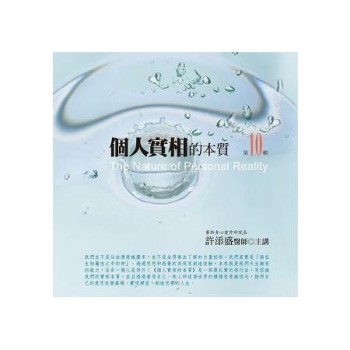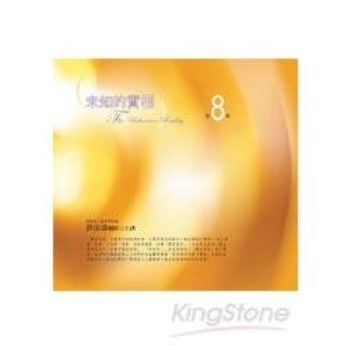| FindBook |
有 1 項符合
Microelectronics Circuit Analysis & Design的圖書 |
 |
Microelectronics Circuit Analysis & Design 作者:NEAMEN 出版社:Mcgraw-Hill 出版日期:2010-01-01 規格: / 平裝 / 1392頁 |
| 圖書館借閱 |
| 國家圖書館 | 全國圖書書目資訊網 | 國立公共資訊圖書館 | 電子書服務平台 | MetaCat 跨館整合查詢 |
| 臺北市立圖書館 | 新北市立圖書館 | 基隆市公共圖書館 | 桃園市立圖書館 | 新竹縣公共圖書館 |
| 苗栗縣立圖書館 | 臺中市立圖書館 | 彰化縣公共圖書館 | 南投縣文化局 | 雲林縣公共圖書館 |
| 嘉義縣圖書館 | 臺南市立圖書館 | 高雄市立圖書館 | 屏東縣公共圖書館 | 宜蘭縣公共圖書館 |
| 花蓮縣文化局 | 臺東縣文化處 |
|
|
- 圖書簡介
Flexible Presentation of Key Topics. Revisions have given the text a level of flexibility such that ideal op-amps (Chapter 9) can be presented as the first topic in electronics; either MOS or Bipolar transistors can be studied as the first transistor type; and digital electronics can be covered before analog electronics. This flexibility allows instructors to present topics in whatever order makes the most sense for their students.
New Problems. The fourth edition features a substantial number of new problems. This includes: over 45 percent new exercise and Test Your Understanding Problems; over 45 percent new end-of-chapter problems; and over 70 percent new open-ended design problems and computer simulation problems.
Goal-Oriented Pedagogy. A Preview section introduces each chapter and correlates with learning objectives that head each section. Worked examples reinforce the theoretical concepts being developed; all examples are followed by exercises to immediately test learning. Test Your Understanding problems are integrated at the end of each section to provide additional practice. Problem solving techniques guide students through analyzing and solving a problem.
Focus on Design in the Real World. Students are taught good design by incorporating design exercises that help students get a feel for how the design process works in the real world. Each chapter includes a Design Application that leads students through the design and development of an electronic thermometer. The various characteristics and properties of circuits are explained as the student moves through the analysis. Design Pointers appear in examples and throughout the text to help students with tricky design issues, and Design Problems are featured in most problem sets.
Computer Tools. Because computer analysis and computer-aided design are significant factors in professional electronic design, the text contains a large number of new computer simulation problems. These appear both throughout the chapter and at the end of each chapter.
Website features PowerPoint slides, an image library, the complete Instructor?s Solution Manual (password protected), data sheets, laboratory manual, COSMOS, and links to other important websites. - 作者簡介
Donald A. Neamen is a professor emeritus in the Department of Electrical and Computer Engineering at the University of New Mexico where he taught for more than 25 years. He received his Ph.D. degree from the University of New Mexico and then became an electronics engineer at the Solid State Sciences Laboratory at Hanscom Air Force Base. In 1976, he joined the faculty in the ECE department at the University of New Mexico, where he specialized in teaching semiconductor physics and devices courses and electronic circuits courses. He is still a part-time instructor in the department. He also just recently taught for a semester at the University of Michigan–Shanghai Jiao Tong University (UM-SJTU) Joint Institute in Shanghai.
In 1980, Professor Neamen received the Outstanding Teacher Award for the University of New Mexico. In 1990, and each year from 1994 through 2001, he received the Faculty Recognition Award, presented by graduating ECE students. He was also honored with the Teaching Excellence Award in the College of Engineering in 1994.
In addition to his teaching, Professor Neamen served as Associate Chair of the ECE department for several years and has also worked in industry with Martin Marietta, Sandia National Laboratories, and Raytheon Company. He has published many papers and is the author of Semiconductor Physics and Devices: Basic Principles, third edition and An Introduction to Semiconductor Devices.
- 目次
Part I: Semiconductor Devices and Basic Applications
Chapter 1: Semiconductor Materials and Diodes
Chapter 2: Diode Circuits
Chapter 3: The Field-Effect Transistor
Chapter 4: Basic FET Amplifiers
Chapter 5: The Bipolar Junction Transistor
Chapter 6: Basic BJT Amplifiers
Chapter 7: Frequency Response
Chapter 8: Output Stages and Power AmplifiersPart II: Analog Electronics
Chapter 9: Ideal Operational Amplifiers and Op-Amp Circuits
Chapter 10: Integrated Circuit Biasing and Active Loads
Chapter 11: Differential and Multistage Amplifiers
Chapter 12: Feedback and Stability
Chapter 13: Operational Amplifier Circuits
Chapter 14: Nonideal Effects in Operational Amplifier Circuits
Chapter 15: Applications and Design of Integrated CircuitsPart III: Digital Electronics
Chapter 16: MOSFET Digital Circuits
Chapter 17: Bipolar Digital Circuits
|











